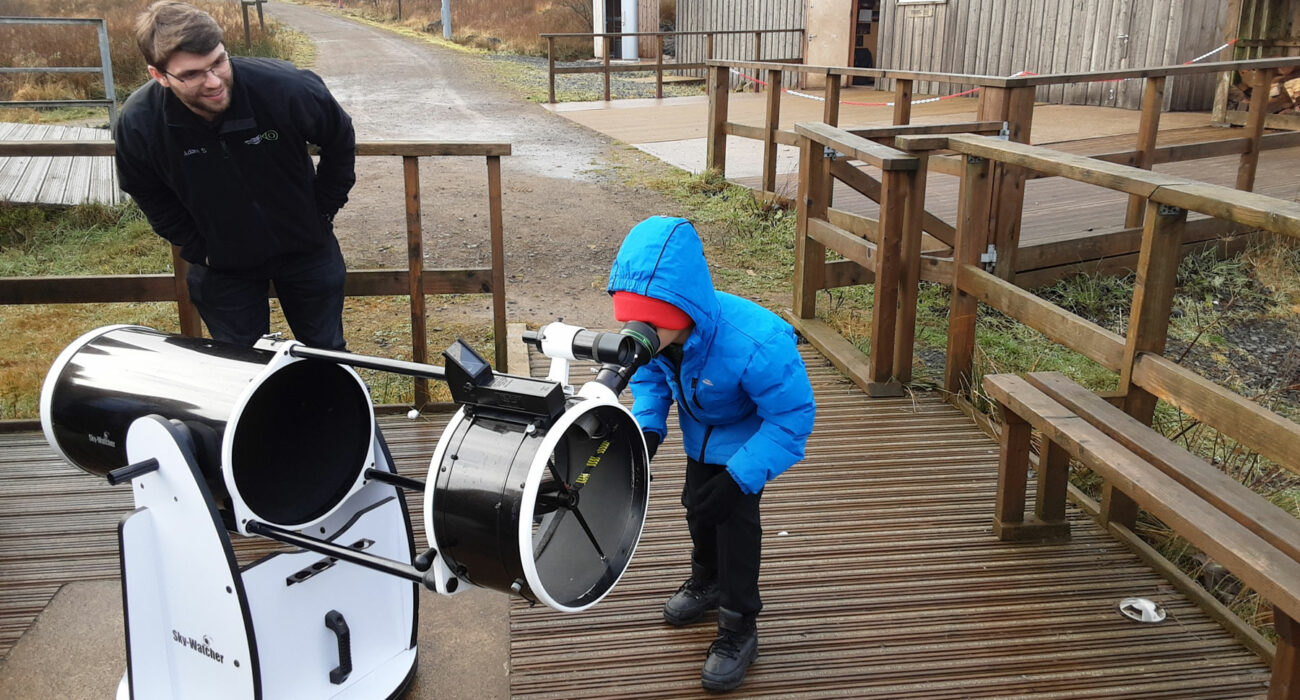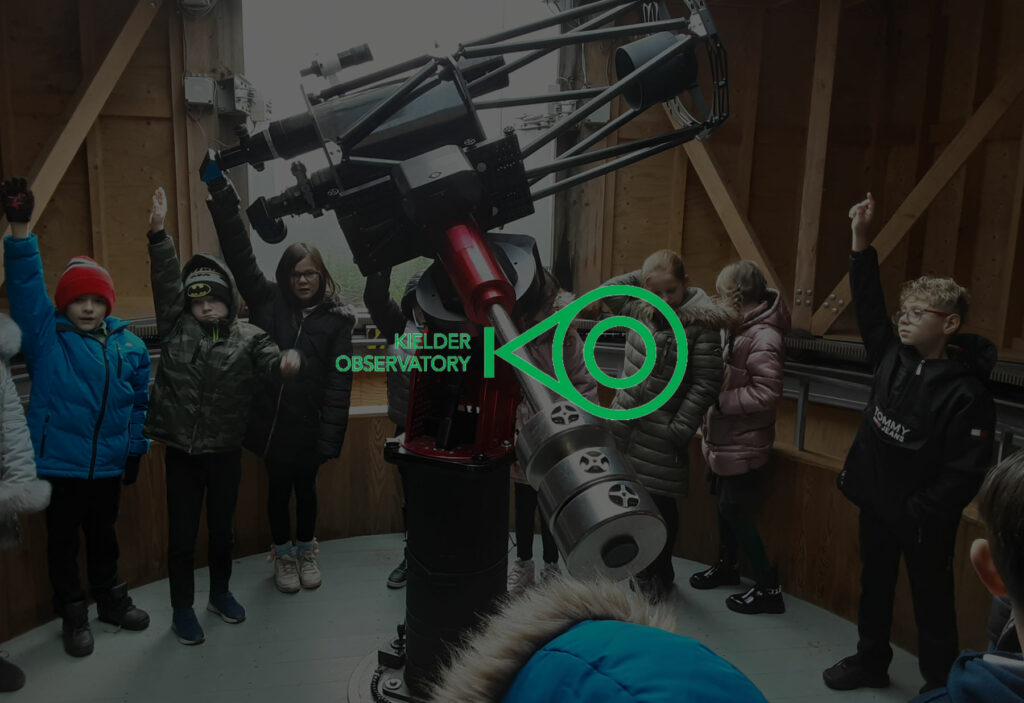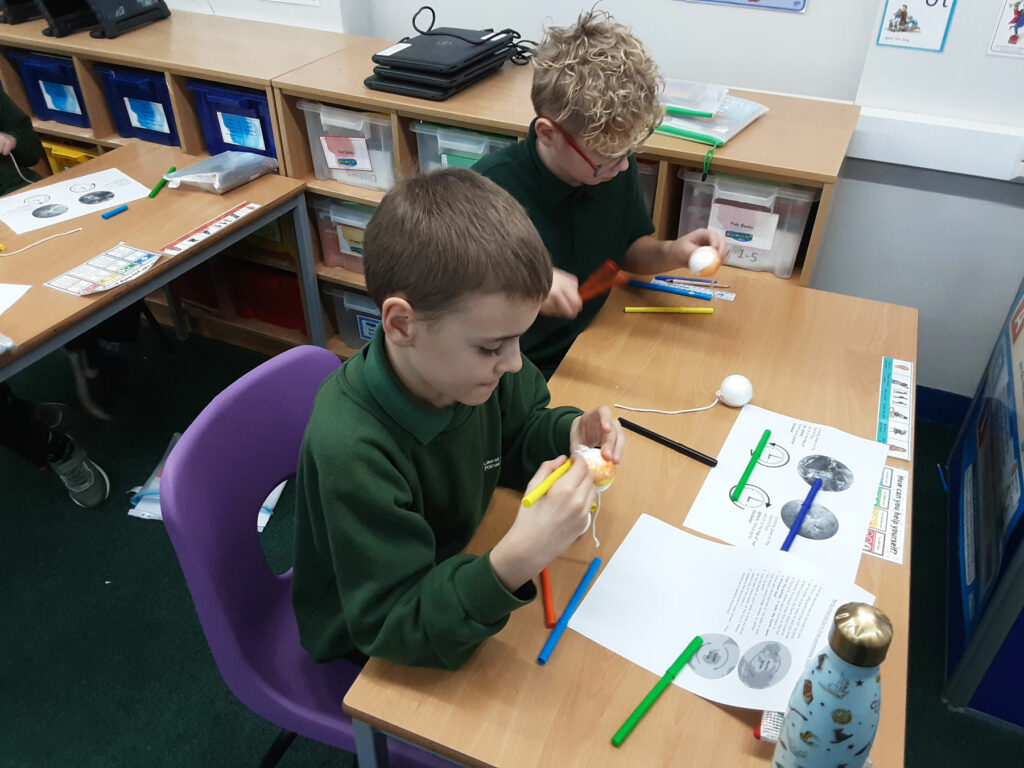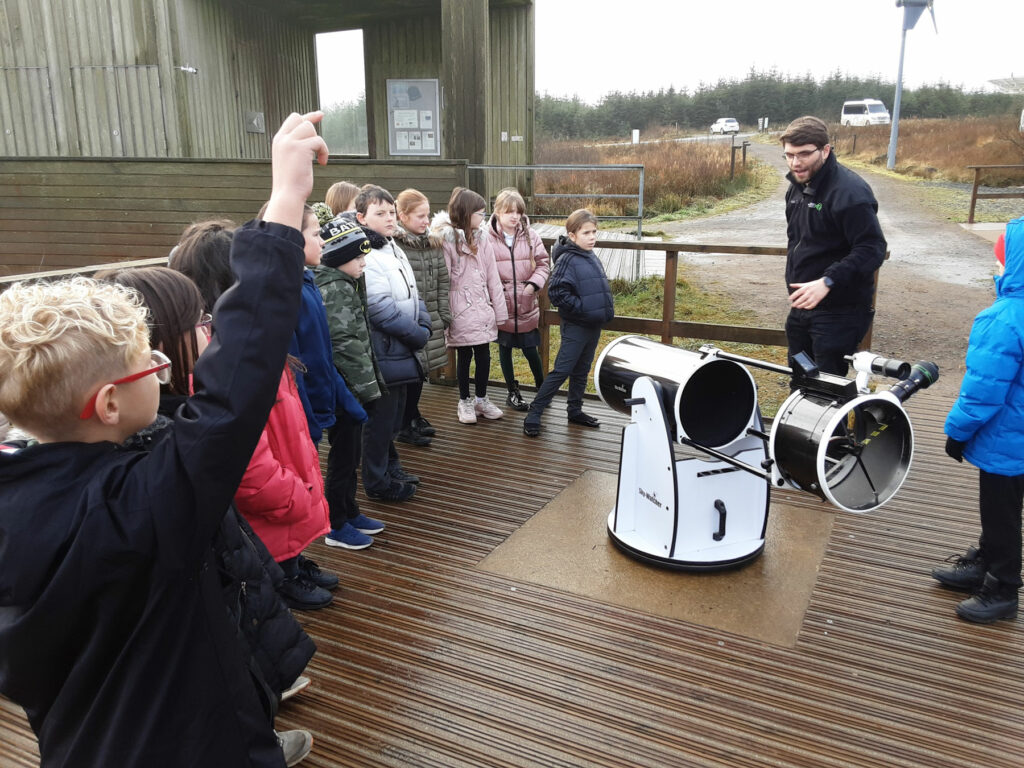
STEM to Stars with Kielder Observatory
22nd January 2024
A telescope restoration project at the heart of Northumberland’s dark skies is inspiring thousands of schoolchildren to learn about the science and engineering skills required to restore an original Herschel telescope while learning more about the night sky.
“Funding from The Reece Foundation for the project has enabled children to work with expert businesspeople and academics in the North East, helping them make a direct link between STEM subjects at school and STEM career opportunities in the North East.”

What is STEM to Stars?
STEM to Stars aims to help pupils to learn about their rich, scientific heritage and the great innovation that has been achieved here in the North-East. This project not only looks to the past but also inspires pupils to see the possibilities that lay before them through the exploration of careers in engineering and STEM subjects.
Kielder Observatory, based in the heart of Kielder Forest and Water Park in Northumberland was awarded a grant to help restore an original Herschel telescope at Newcastle University to full working order, and use the restoration to inspire thousands of school children
Alexander Herschel was the founding professor of physics at Newcastle in 1871. His father John, grandfather William and great aunt Caroline were all eminent astronomers. This project with Newcastle University provided a unique platform to inspire and enthuse the next generation of engineers, physicists and astronomers.
Why is funding from the Reece Foundation important?
The funding enabled Kielder Observatory to send a team of astronomers and science communicators into schools right across the North East to deliver inspiring moments through astronomy and offer progression opportunities for more young people.
After the initial visits to schools to set the foundations for further engagement and getting the pupils (and teachers!) hooked on astronomy, there was then an opportunity for schools to set up their own Star Groups – 6 weeks of astronomy sessions that delved a little deeper into some weird and wonderful topics about the Dark Skies and the science behind the objects we see in them.
Through a unique blend of studying the Carrington Event, a historical solar superstorm, students were provided with a tangible context for STEM subjects. These were after-school astronomy clubs that provided safe, inclusive spaces where over 900 students continued their education and exploring the cosmos.
Those Star Groups were also offered a fully funded visit to Kielder Observatory, something which would otherwise been unattainable for many of the schools involved. Here the pupils met with our astronomers and got hands on with our big telescopes

What impact has the funding achieved?
Key outputs from the project:
Introduced astronomy, engineering, and other STEM fields to 7000 students from 44 schools
In 41 of the 44 schools Star Groups were established – made up of over 900 pupils aged approx. 9 – 13 years old. These weekly sessions ran between Oct 22 – Jan 23
38 of the Star Groups visited the observatory between Nov 22 – Feb 23
Each Star Group received a telescope, along with the materials required to run all the planned workshops
Schools involved with the STEM to Stars programme provided feedback of their experience, including if they witnessed any ‘wow’ moments and if they had been inspired to continue their STEM learning after the project.
“It was really wonderful, so well done and enriching for the students and myself. I would love to do this again.”
“Continuing with a STEM club and hopefully keeping in touch with Kielder to arrange some in school workshops”
“Sustained period of enrichment with your images, presentations, practical workshops and access to your astronomers will be a memorable experience”
“It was great to see some of our SEND students have the confidence to enter the dome and give some great thoughts on what they could see”
“Students muttering “Wow, I can’t believe it” or exclaiming “Actually?!” during the lecture.”

Why has the Reece Foundation supported the project?
The focus on inspiring the next generation by bringing together engineering and astronomy means the Eagles’ innovative programme fitted our funding criteria perfectly.
Anne Reece, chair of the Reece Foundation said: “The Reece Foundation was delighted to support this project which took the Kielder Observatory facilities to schools and children in the region – and links this to one story from the region’s rich history of innovation and scientific discovery. The opportunity to see the stars and planets alongside the chance to restore such a historically significant object as the Herschel telescope is one not to be missed. We are sure this experience was both inspiring to a new generation of engineers and scientists that the region and the world so desperately need – and a lot of fun.”
Back to Case Studies
